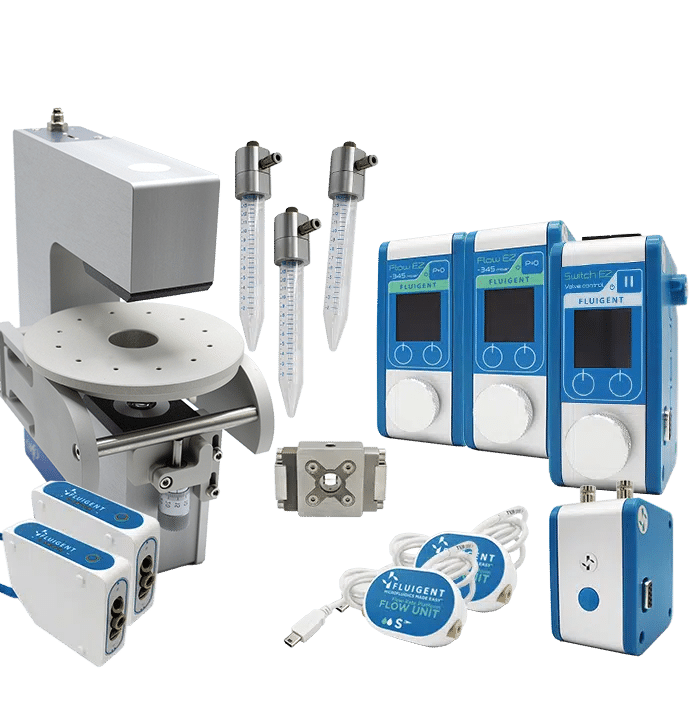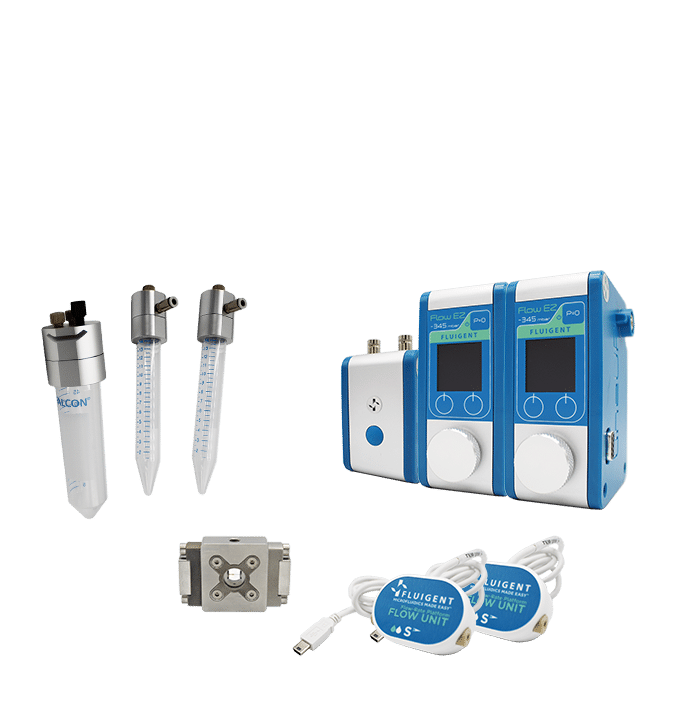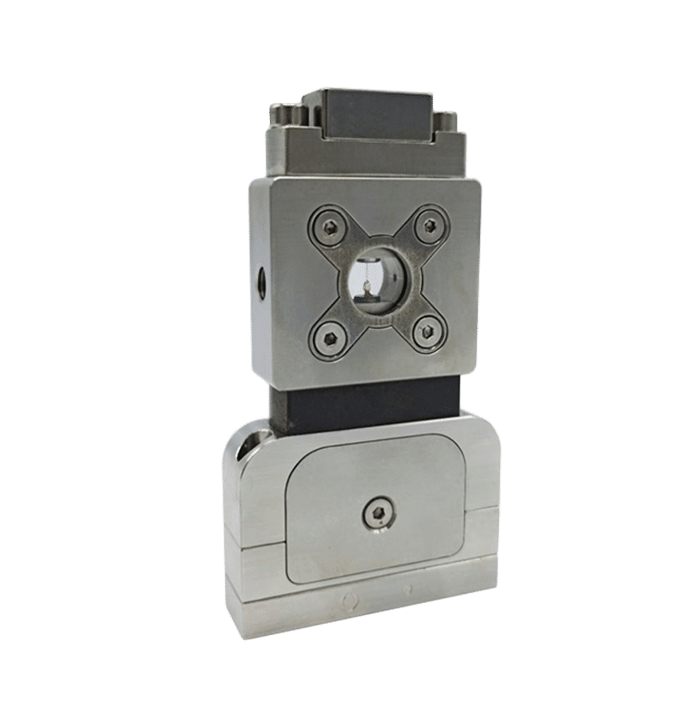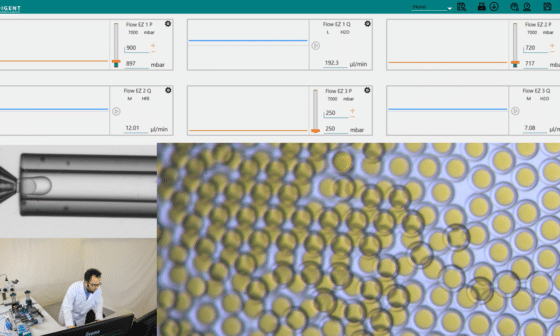In pharmaceutical area, Active Pharmaceutical Ingredient (API) encapsulation into biodegradable and biocompatible polymers is widely used for producing new smart Drug Delivery Systems. The goal of these drug delivery systems is to supply doses of drugs for a sustained period of time at targeting specific sites in the body.
This can be achieved by efficiently loading drugs into microparticles which will protect the API during physiological transport and release it when the microparticles have reached their specified target location(s).
To regulate the release of the drug, it is critical to controllably produce microparticles with known sizes and a homogeneous size distribution as the rate of drug release is proportional to microparticle size.
Among all techniques available for microparticle production, microfluidic and droplet-based microfluidic ones appear as the best solutions to precisely control microparticle production in terms of size, API loading and encapsulation efficiency.
In this webinar, we discuss how microfluidics can allow API encapsulation into biocompatible and biodegradable microparticles for drug delivery.
What you’ll learn:
How microfluidics can be used for API encapsulation in microparticles?
What is droplet microfluidics?
Learn a new method for microparticle production
Related Products
Expertises & Resources
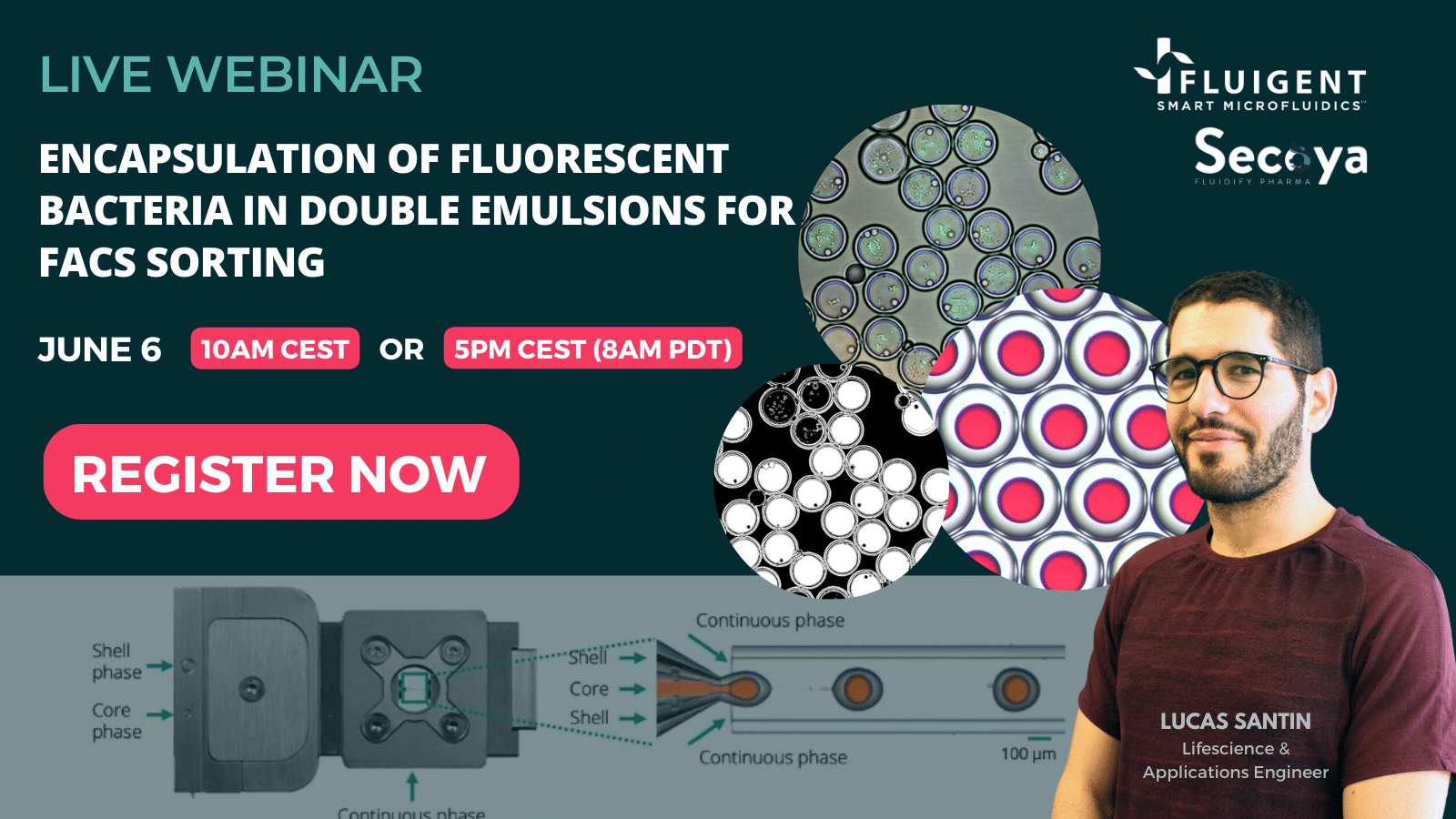
WEBINAR: Encapsulation of fluorescent bacteria in double emulsions for FACS sorting
Read more- Microfluidic Application Notes
What is the best method for Microencapsulation of Bacteria and Yeast in Small Double Emulsions?
Read more - Microfluidic Application Notes
Encapsulation of Cells In Small Double Emulsions
Read more
